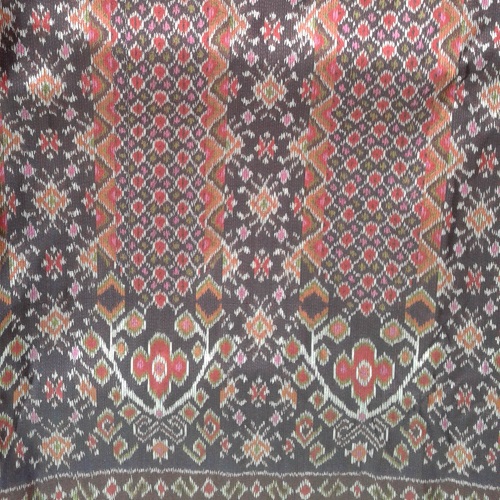
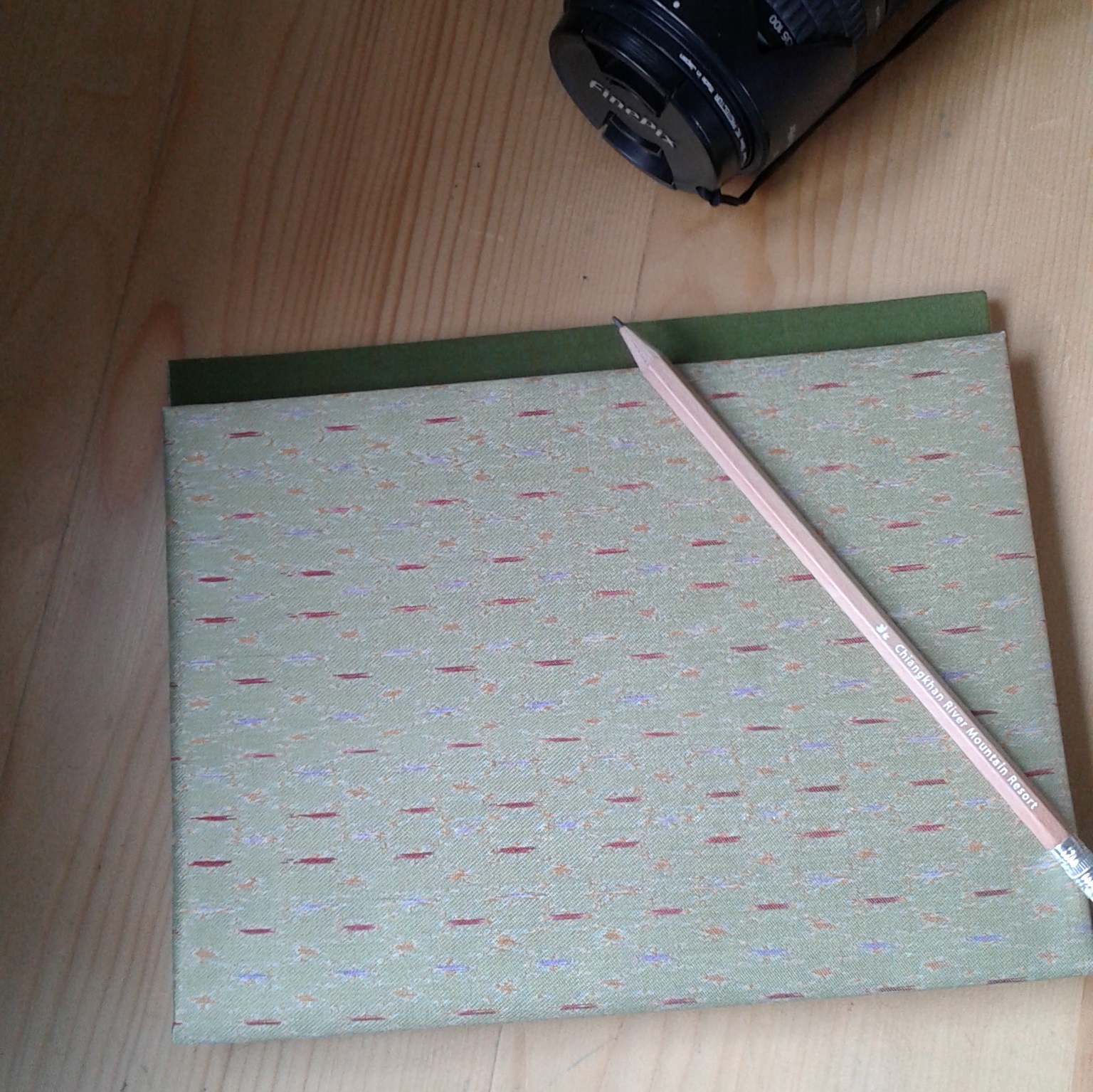
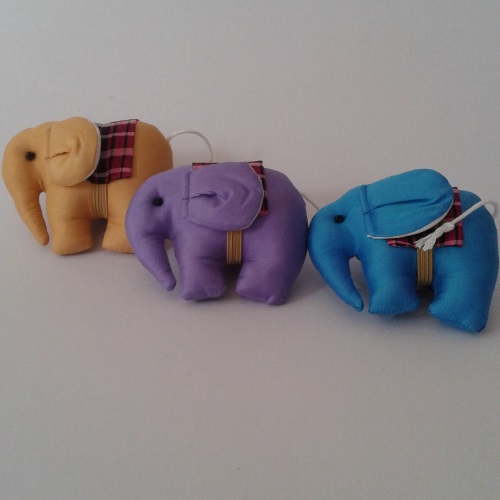
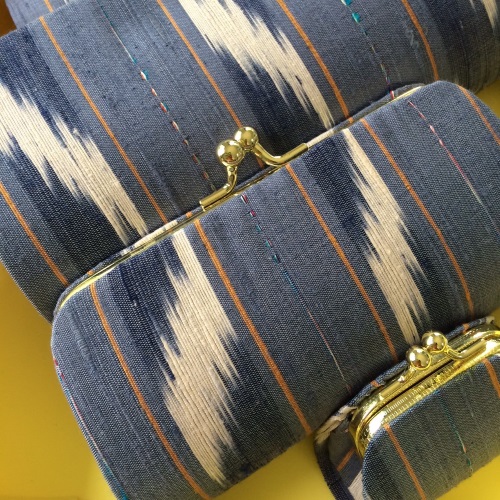
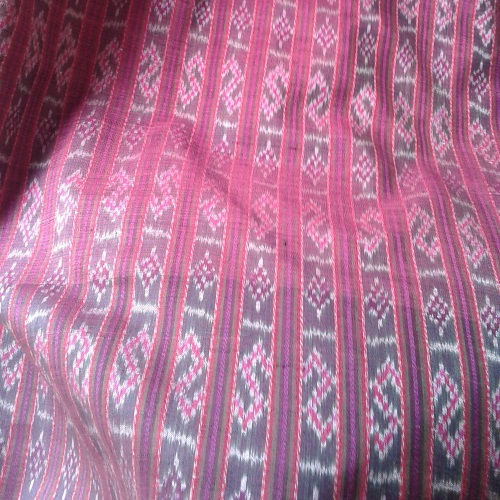
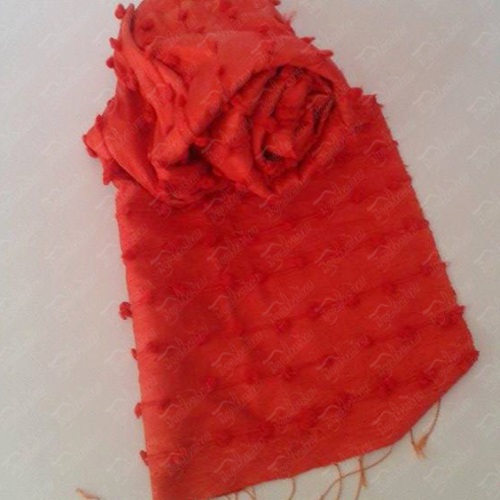
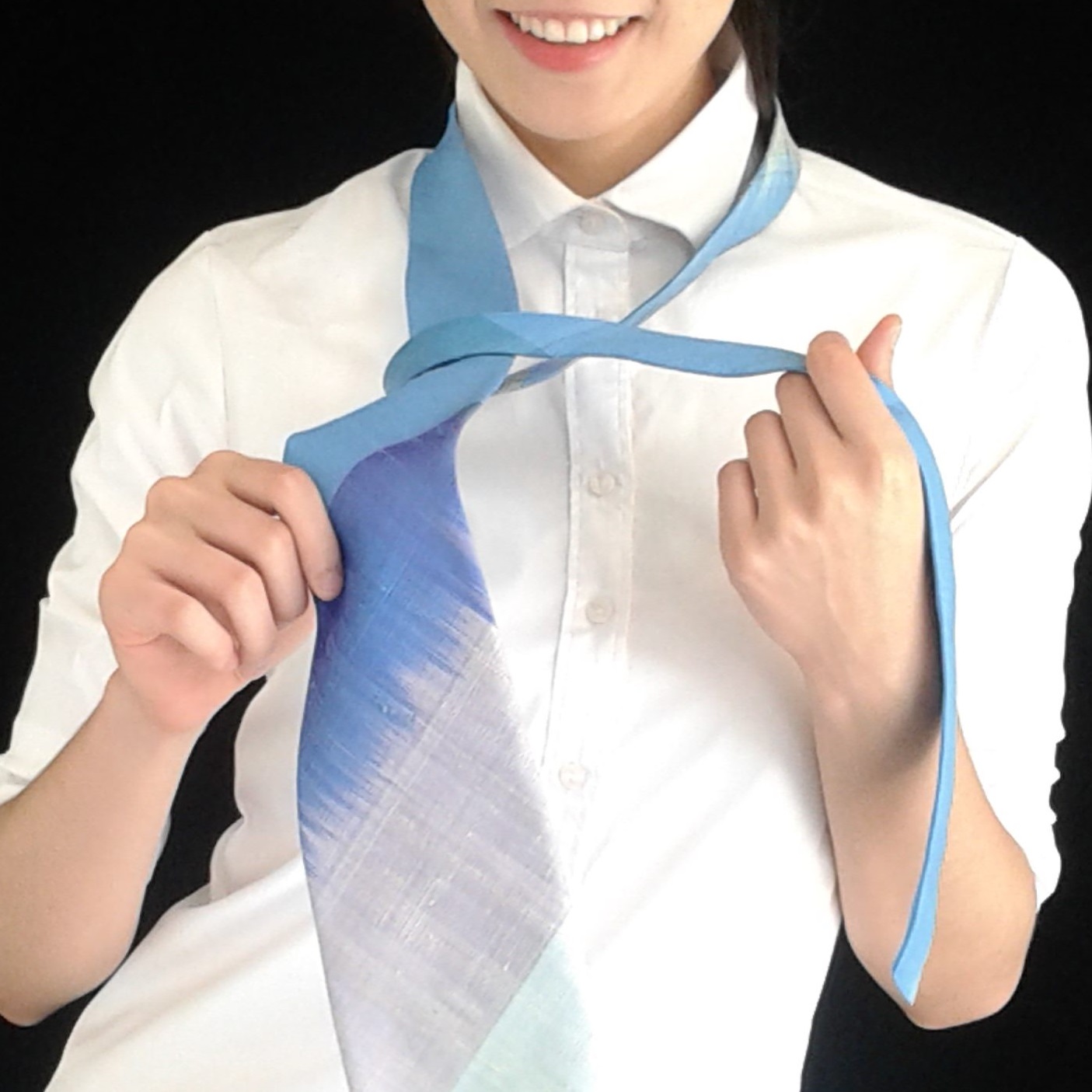
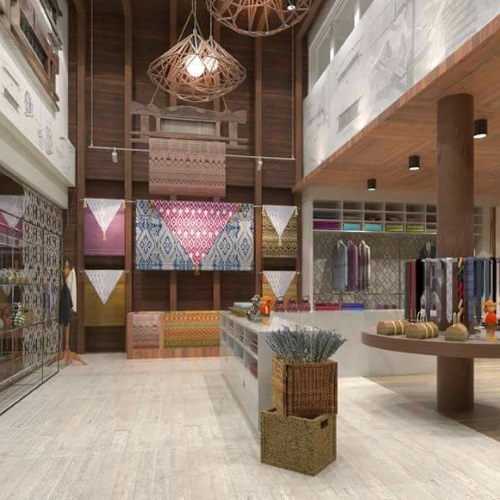
Our silk comes from local silkworm kept under farmers' houses in the area. All of which were taken care of the same way they were since the beginning of silk handicraft in Isan.
หนอนไหมของเราถูกเลี้ยงใต้ถุนบ้านของชาวนาในท้องถิ่น ในรูปแบบเดียวกันกับที่บรรพบุรุษได้ดูแลตั้งแต่เริ่มต้นการทำผ่าไหมในภาคอีสาน
Traditionally, people of Isan begin their work when they are free from their rice (or sticky rice) fields. The tradional weaving machines are still used to create silk yarn.
โดยประเพณี ผู้คนในภาคอีสานจะเริ่มทำงานกับผ้าไหมของพวกเขาเมื่อว่างจากการทำงานในนาข้าว เครื่องจักรที่ใช้ในการทอด้ายแต่โบราณยังคงใช้งานในการปั่นด้ายในปัจจุบัน
The tools of the trade is astonishingly simple. Each piece are woven by efforts of each artisan, thus guarantee each piece is distinct.
เครื่องมือที่ช่างใช้งานนั้นเรียบง่ายอย่างน่าอัศจจรย์ โดยการใช้ความพยายามของช่างแต่ละคนเป้นเสาเอก ทำให้ชิ้นงานทุชิ้นมีเอกลักษณ์ของตัวเอง
We design our own patterns with recognition of the past while recognizing modern life. The patterns is thus familiar but refreshing; traditional and avant-garde.
เราออกแบบลวดลายของชิ้นงานด้วยตัวเอง โดยรำลึกถึงอดีตและมองไปข้างหน้า ทำให้งานของเราดูคุ้นเคยแต่แปลกตา อนุรักษ์นิยมและแปลกใหม่
Like most of handicrafts, each work must be inspected by specialist who would have to carefully look and caress each piece to find any blemishes. This process usually take a lot of time, especially for highly complex patterns.
เหมือนกับงานหัตถกรรมส่วนใหญ่ งานแต่ละชื้นจะต้องมีการตรวจสอบโดยผู้ชำนาญการเพื่อให้แน่ใจว่า งานเหล่านั้นไม่มีตำหนิ การตรวจสอบอาจจะใช้เวลาทั้งวันในชิ้นงานที่มีรายละเอียดมากๆ